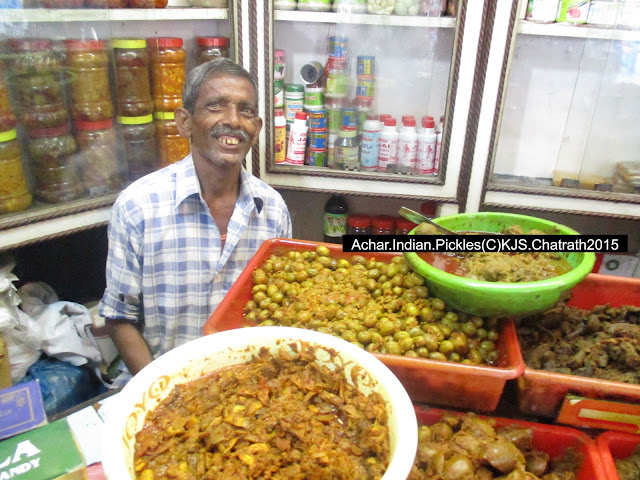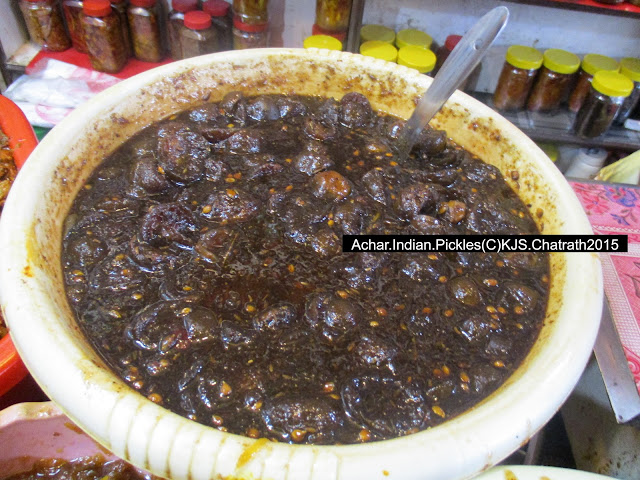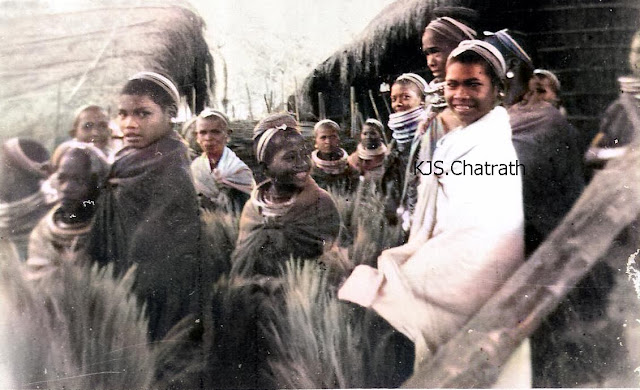'Achars- the Indian pickles' - by K J S Chatrath
According to Hobson-Jobson: The Definitive Glossary of British India, the word ‘āchār’ finds a mention in CE 1563, in works by Garcia da Orta, a Portuguese physician, describing a conserve of cashew with salt which he refers to as ‘and this they call Āchār.’
In his book A Historical Dictionary of Indian Food, the late food historian KT Achaya notes that pickles fall into the category of ‘cooking without fire’; however, many pickles today do use heating or fire to some extent during preparation. Pickles in India have a rich legacy, which is clear when the historian further adds that a ‘Kannada work of CE 1594, the Lingapurana of Gurulinga Desika describes no less than fifty kinds of pickles’! Another later mention is found in the 17th-century Śivatattvaratnākara, an encyclopedia of ancient Indian lore of Basavarāja, King of Keladi.
Pickles in India are of three basic types: those preserved in vinegar; those preserved in salt; and those preserved in oil.

(Text sourced from: https://theculturetrip.com/asia/india/articles/a-brief-history-of-the-humble-indian-pickle)












Comments
Post a Comment